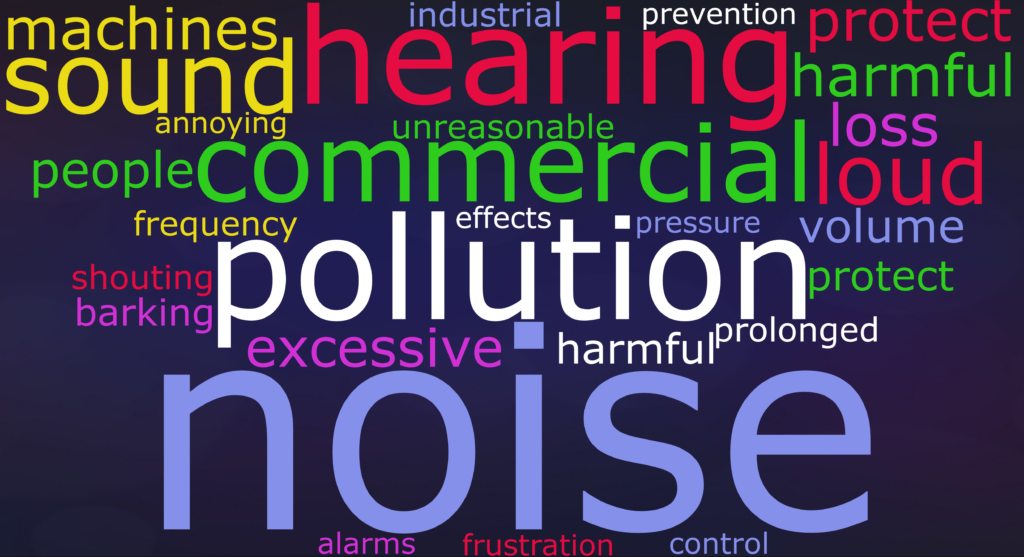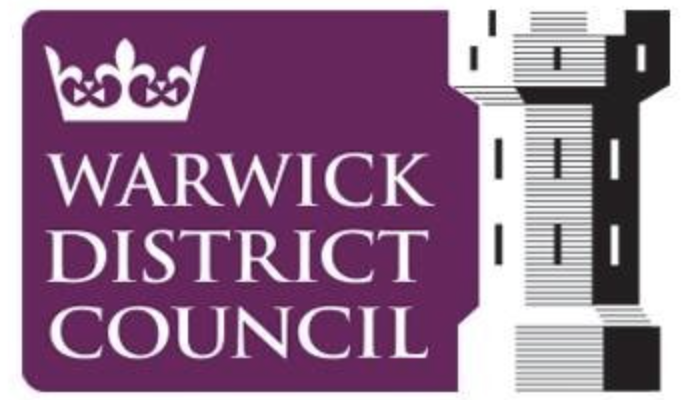
Between April 2021 and July 2022, we used Service Design and Agile project delivery methods to improve our Noise Nuisance service. This project was one of our Local Digital Declaration commitments.
This was our first Service Design project and was led by Tass Smith, Warwick District Council’s Transformation Lead.
Using Service Design and Agile methodologies
It was daunting using new methodologies and tools; we felt our way as the project progressed.
- the LocalGov Digital community are a generous bunch who freely share their knowledge.
- Isobel Croot and colleagues from dxw ltd provided some excellent guidance in our early project stages.
- owing to the Covid-19 pandemic, we ran the entire project remotely, introducing staff to new technology such as virtual whiteboards. I know some staff would have preferred in-person contact.
- I struggled with some of the terminology and processes:
- I loved working in the open and found week notes a useful tool.
- Sprints, Show and Tells, Discovery and Live made sense
- But the team struggled with the Alpha and Beta terminology – would Ideation and Prototyping describe these phases better?
- Stand-ups sometimes felt like mini show and tells, and I cancelled quite a few of them. Maybe this was a mistake but with such as small team, it seemed easier just cracking on.
- I didn’t make enough time for retrospectives until the very end of the project, a lost opportunity.
- we discovered that user research is an amazing tool. It helped us to understand the experiences of real people, rather than relying on our assumptions.
- if you’re new to user research, you may find our privacy notice helpful.
- we made a customer journey map and found it extremely enlightening. As one of the noise team members commented,
“I found the customer journey workshop helpful as it kept the complainant visible throughout the process.”
How big was the project team?
Small.
I facilitated the project in my role as Transformation Lead and it was my full-time focus for several months.
Other team members provided substantial support in different phases:
- Website Services Manager
- Pollution team middle managers
- Systems and Service Support Team Leader
- Application Support Analyst / Developer
And we worked with the team who handle all types of pollution, including noise complaints.
Noise Service redesign: what we changed and why
We conducted user research which was critical to the success of our Discovery phase.
We also surveyed over five hundred past noise nuisance complainants and received 101 responses.
We conducted desktop research to discover how other councils managed their noise service and we interviewed some of our noise nuisance team, plus staff in Housing Services and an Elected Member.
We ran workshops with the noise complaints team to understand their current service. We analysed the user research to identify possible areas of improvement and to come up with some plausible solutions.
Based on our discovery, we made the following incremental improvements, which we tested with thirty of our initial user research respondents, a few elected members and participants of an external user experience agency.
All our improvements used existing software solutions.
Website content
The old content was factually correct but used densely worded paragraphs, jargon, and included very little signposting. The new content uses Plain English, short paragraphs, bullet points and linked pages to make it easier to read and understand.
- We added these tips to resolve a noise issue and a letter template to make it easier for people to take some initial action themselves.
- We clearly explain which types of noise we can investigate, and we provide guidance for noise that we can’t investigate.
- We make it clear that new complaints require a nuisance diary of at least 14-days duration.
- We removed the word ‘perpetrator’ that appeared in the old web content. Instead, we use phrases like ‘the person causing a noise’ or the ‘person responsible’.
Report a noise problem form
Our old form accepted all noise complaints, even for types of noise that we could not investigate. This raised expectations and created unnecessary administration.
- Our old service required all noise complainants to sign and return a hardcopy letter to confirm they were prepared to give evidence in court, should our investigation reach that point. If the letter was not returned, the case was automatically closed.
The existence of the letter template was revealed during the customer journey mapping workshop and user research participants told us they found it irritating. This letter is no longer used. - Instead, the new form includes a declaration which must be completed when the complaint is submitted. This declaration includes a clear statement that the complainant may need to give evidence in court.
- The question flow changes depending on the answers provided which makes it easier to complete and ensures we provide the best advice based on the type of noise problem.
- We use an address lookup based on our Local Land and Property Gazetteer data, to help to ensure that the source of the noise is within our council area. We also offer the ability to add the address manually.
- Submitted forms automatically create cases in our back office Civica-APP solution allowing officers to search for the complainant and jump straight onto their case. No more double handling!
- We make better use of our wider council resources and powers:
- Noise complaints about council tenants cannot be reported using the online form. Instead, we provide a phone number for our Housing Services team and some website advice. Where the subject of the complaint is a council tenant, a housing officer investigates in the first instance to consider whether the tenancy agreement has been broken.
- Our Licensing team review reports of alleged unreasonable noise relating to pubs or clubs to decide whether any licence terms have been broken.
- Our Planning team review alleged breaches of planning.
- Complaints that have not been resolved by Housing Services, Licensing or Planning are shared with the noise complaints team, along with information provided by the complainant.
Nuisance Diary
Our user research revealed that our old diary had several basic design flaws:
- Portrait orientation
- PDF format only
- Included a long and complex worded declaration
- Only offered return by post instructions
The redesigned nuisance diary offers:
- Landscape orientation so more space to write / type
- PDF and Word formats
- Plain English and fully accessible
- Generic phrasing which means it is used to log other types of pollution
- Simplified declaration
- Multiple options (digital first) on how to return the completed diary
The Noise App
We use The Noise App which allows noise complainants to make and submit recordings of the noises they are experiencing. While it is a useful tool, the old service allowed anyone to submit recordings, even before they had submitted a formal noise complaint to us. This was very confusing and created lots of unnecessary administration.
With our new service, The Noise App is made available where appropriate once a valid noise complaint has been received.
Noise Policy
We published our Noise Policy which incorporates the redesigned service and aims to inform members of the public what they can expect from the council in terms of its handling and response to noise nuisance complaints. The policy is also used internally as a training guide and reference document.
Feedback from our noise team
“The change in how we handle noise complaints has been transformative. Through meticulous analysis and thoughtful planning, the project has successfully revamped our offerings to better align with not only customer needs, but officer ease. The introduction of the new noise policy has led to a better, and more official, officer experience, resulting in increased resident satisfaction and a clearer outcome when dealing with noise nuisance.
The project’s integration of the Noise App, new policies and a new structure of handling complaints has brought unprecedented levels of efficiency to our service delivery. Having a better system to follow has not only reduced operational problems but also allowed us to provide faster and more reliable solutions for complainants. This comprehensive redesign has shown that innovation can successfully provide an enhanced, modernised experience for all.”
Ben Thomas, Systems and Service Support Team Leader.
“As a newbie to the council, the noise procedure has been easy for me to follow and communicate to the public, providing a clear direction when it comes to new noise cases.”
JB, Service Support Officer
“The new noise procedure and policy, and increased use of the Noise App is a positive step forward in building better relationships and trust between Warwick District Council and its residents, helping them to feel heard and to see that Warwick District Council wants it residents to enjoy living in the district and cares about the wellbeing of its residents.”
MP, Systems Support Officer
“The new Noise Policy promotes a clear and transparent procedure to our residents to enable the Council to investigate noise nuisance complaints. The Policy helps to explain to residents what we can and cannot investigate and the stages of the investigation process. This helps with establishing an alleged noise nuisance and determining if it can be considered a Statutory Noise Nuisance.”
JT, Service Support Officer
“The Noise policy has helped service users better understand the processes involved when investigations are conducted, in turn it has also helped with ensuring a consistent approach is adopted by investigating officers.”
Lorna Hudson, Environmental Health and Licensing Manager
